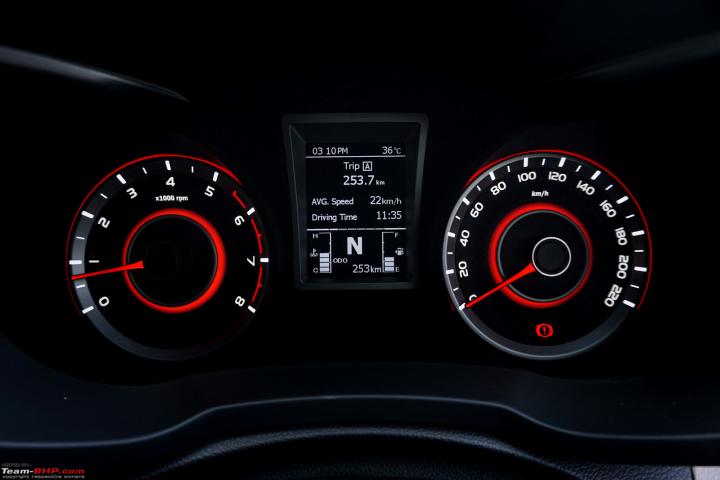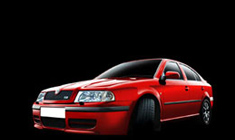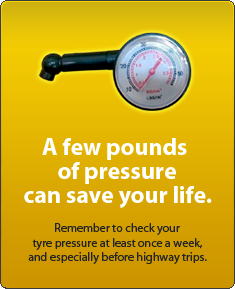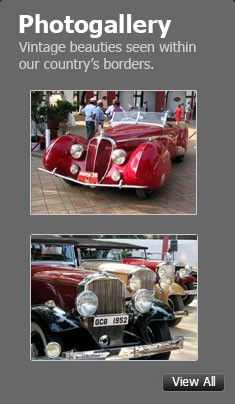News
Government says that vehicle should overstate speed
Thanks to BHPian simeonovitch for sending this information in.
The Bureau of Indian Standards' IS 11827 document, titled Automotive Vehicles – Calibration of Speedometer – Method of evaluation, lays down the testing methodology for vehicle speedometers. The rules specify that the indicated speed shall exceed the true speed by more than 4 km/h, 6 km/h and 8 km/h across the various vehicle classes.
Amongst others, it also includes rules for tyre pressures, outside temperature, test speeds & their accuracy and speedo markings. For vehicles in the L1 category (2 wheelers with max speed of 45 km/h), the difference between true and indicated speeds should be less than the sum of 10% of the indicated speed and 4 km/h. For M category (4 wheeler) this last number in the aforementioned formula changes to 6 km/h while for the L category (2 wheelers other than L1) it is 8 km/h. This means the indicated speed will always be higher than the actual speed of the vehicle. It's a good thing so that people adhere to speed limits and drive slower than their actual speed.
Additionally, the vehicles will also be tested at different speeds based on the manufacturer claimed top speed. Vehicles with a top speed of upto 45 km/h will undergo testing at 80% of the maximum speed. If the claimed top speed lies between 45-100 km/h, testing will take place at 40 km/h and 80% of the declared speed. For vehicles with higher speed, testing is done at 40 km/h, 80 km/h and 80% of manufacturer top speed upto a maximum of 120 km/h.


















